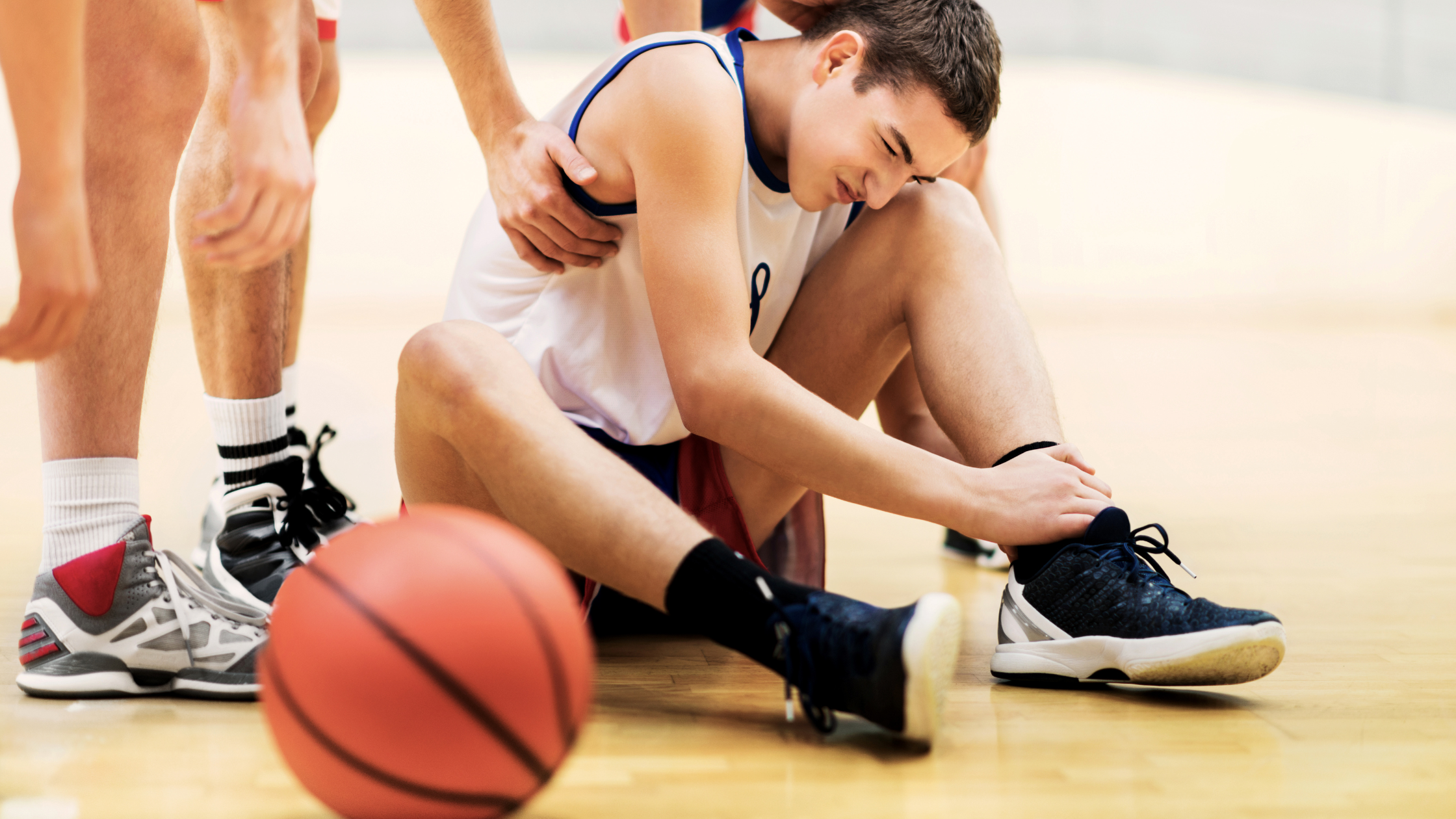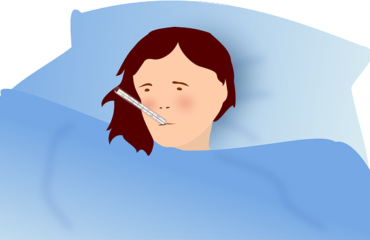As parents, watching your children excel in sports is a proud moment. However, the thrill of the game often comes with a downside—sports injuries. According to Johns Hopkins, “Almost one-third of all injuries incurred in childhood are sports-related injuries.” With statistics like these, it’s crucial for parents to be well-informed about how to prevent these injuries, what to do if they occur, and the importance of adequate recovery time.
Common Tips on How to Prevent Sports Injuries
Johns Hopkins reports some startling facts:
- “More than 3.5 million children ages 14 and younger get hurt annually playing sports or participating in recreational activities.”
- “The highest rates of injury occur in sports that involve contact and collisions.”
- “Most organized sports-related injuries (62 percent) occur during practice.”
Given these statistics, prevention is critical. Here are some tips to help your child avoid sports injuries:
1. Proper Training and Conditioning:
Make sure your child is physically prepared for the sport they’re participating in. This includes strength training, flexibility exercises, and cardiovascular conditioning.
2. Equipment Check:
Always ensure your child uses the correct, well-fitted equipment. This includes helmets, pads, and footwear.
3. Warm-Up and Cool Down:
Teach your child the importance of warming up before the game and cooling down afterward. This can include stretching, light jogging, and other low-intensity exercises.
4. Hydration Consistency:
Make sure your child stays hydrated before, during, and after the game.
5. Rest and Recovery:
Encourage your child to take breaks during practice and games to rest and hydrate. Also, ensure they get adequate rest between games and practices.
6. Supervised Practice:
Always ensure that practices are supervised by qualified coaches who enforce all safety rules.
What to Do If You Get a Sports Injury
Despite all precautions, injuries can still happen. Here’s what to do if your child gets injured:
Immediate Care:
The first step is to stop the activity and assess the injury. For minor injuries like sprains and strains, applying ice and elevating the affected area can help.
Medical Attention:
Seek immediate medical attention for more severe injuries like fractures or concussions.
Follow Medical Advice:
Always follow the treatment plan provided by healthcare professionals, which may include a break from the sport, medication, physical therapy, or even surgery.
Rest and Recovery:
Make sure your child takes adequate time off to recover before resuming any sports activities.
Why It Is Vital to Take the Time to Heal After a Sports Injury
Rushing back to the field before fully recovering from an injury can have long-term consequences. Incomplete healing can lead to chronic issues, decreased performance, and an increased risk of re-injury. It’s crucial to follow the medical advice given and ensure that your child has fully recovered before they return to their sport. This may include a gradual return under medical supervision and may require adjustments to training and technique.
While sports offer children and teens numerous benefits, including physical fitness, teamwork, and self-discipline, they also come with the risk of injury. Being informed and taking proactive steps can go a long way in ensuring that your child has a safe and rewarding sports experience. If you or your child gets a light to moderate sports-related injury, please see us at First Care for immediate treatment.





